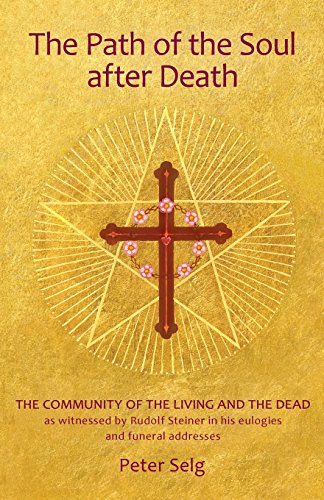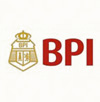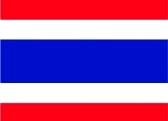All Categories




The Path of the Soul after Death: The Community of the Living and the Dead as Witnessed by Rudolf Steiner in his Eulogies and Farewell Addresses
Share Tweet
Get it between 2025-11-03 to 2025-11-10. Additional 3 business days for provincial shipping.
*Price and Stocks may change without prior notice
*Packaging of actual item may differ from photo shown
- Electrical items MAY be 110 volts.
- 7 Day Return Policy
- All products are genuine and original
- Cash On Delivery/Cash Upon Pickup Available








About The Path Of The Soul After Death: The Community Of
Product Description “We are separated from the spiritual worlds only by states of consciousness, not by spatial circumstances. States of consciousness are what separate us.” ―Rudolf Steiner Rudolf Steiner saw relationships with the dead as the “religious attitude of the future” in the highest sense. Becoming comfortable with thinking and speaking of the dead as concretely as we speak of the living will profoundly affect human activity. To Steiner, the “enlivening” and even the “sanctification” of earthly existence are not merely connected directly with our relationship to death and to the deceased; in fact, that relationship deepens these qualities and makes them possible. Steiner spoke frequently about death and the human soul’s continued existence, as well as about the importance of establishing a new kind of community that unites spiritually active human souls that endure beyond death. The Path of the Soul after Death shows how Rudolf Steiner commemorated the dead, the words he chose to use, and his descriptions―sometimes in great detail―of the inner processes involved. What becomes clear is the extent to which his connections to the deceased shaped his addresses and related to their new stage of existence. Inasmuch as his words were in harmony with human soul development after death, they not only recapitulated a biography but also assisted the deceased individual along the path after death. Peter Selg has provided an important addition to the body of anthroposophic literature on our relationship on Earth to those who have died. He does a great service in gathering and amplifying much of what Steiner had to say on the subject. C O N T E N T S: Preface I: “Our Community” 1. Rudolf Steiner’s Eulogies 2. Funeral Addresses 3. Deceased Coworkers and the Goetheanum Building II: “In Christo morimur” The Path of the Soul after Death This book is a translation from German of Rudolf Steiners Toten-Gedenken: Die Verstorbenen, der Dornacher Bau und die Anthroposophische Gesellschaft (Verlag Ita Wegman Institut, 2009). About the Author Peter Selg was born in 1963 in Stuttgart and studied medicine in Witten-Herdecke, Zurich, and Berlin. Until 2000, he worked as the head physician of the juvenile psychiatry department of Herdecke hospital in Germany. Dr. Selg is now director of the Ita Wegman Institute for Basic Research into Anthroposophy (Arlesheim, Switzerland) and professor of medicine at the Alanus University of Arts and Social Sciences (Germany). He lectures extensively and is the author of numerous books, many of which have been published in English.


























